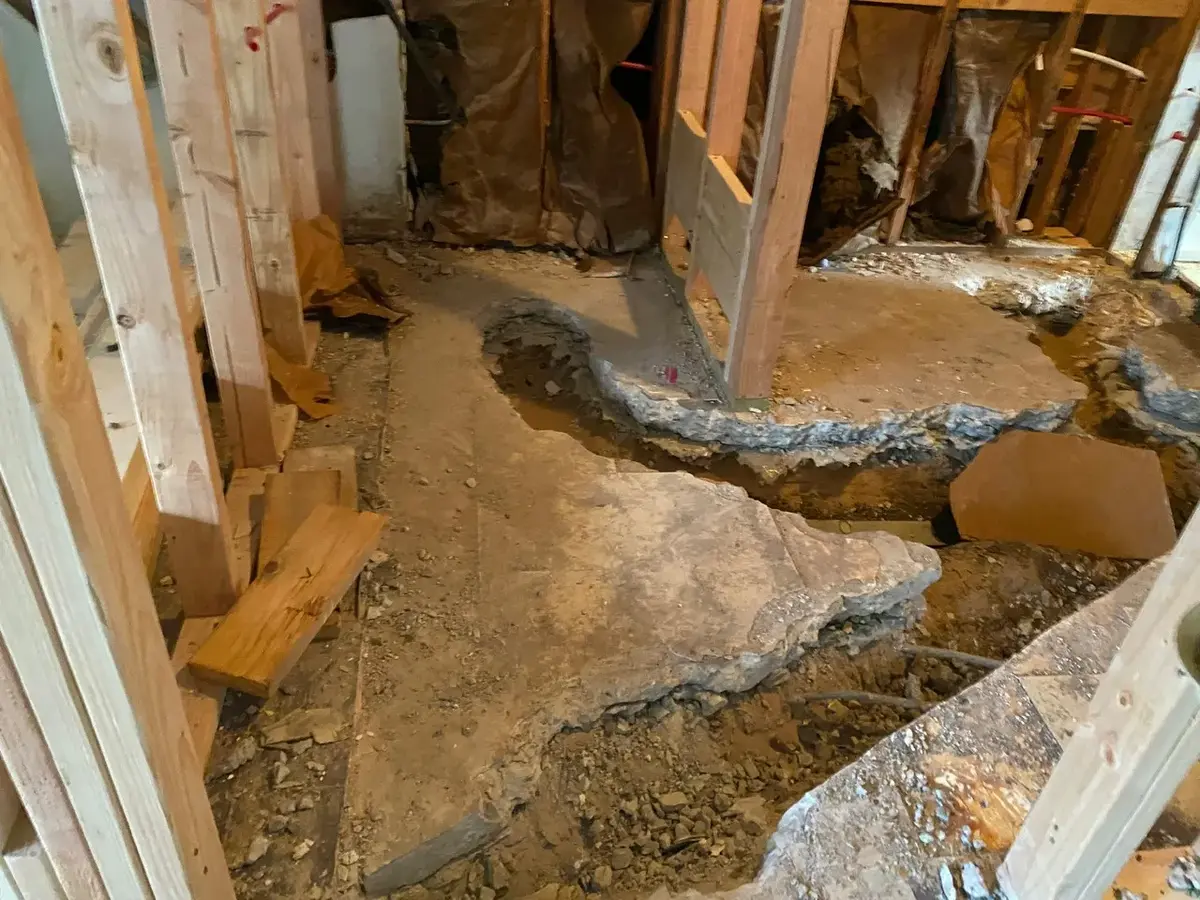LIHTC 4%: Impact and Nuances
Fill out for more information
Introduction
The Low-Income Housing Tax Credit (LIHTC) 4% program is a cornerstone in the development of affordable housing across the United States. Designed to encourage private investment in affordable rental housing for low-income Americans, the program offers tax incentives to developers and investors, facilitating projects that might not otherwise be economically feasible.
Importance of LIHTC 4% Grants to the Market
Promotes Affordable Housing Development:
The LIHTC 4% grants act as a powerful catalyst for affordable housing projects. By providing tax credits, the program significantly reduces the equity developers need to raise, thereby lowering overall financing costs. This financial structure makes it feasible and attractive to invest in projects that offer lower rents for low-income individuals, addressing the critical need for affordable housing in diverse communities.
Stimulates Economic Activity:
The construction and rehabilitation of housing projects under the LIHTC 4% program generate substantial economic activity. This includes the creation of construction jobs, which provide employment and skill development opportunities in local communities. Furthermore, these projects boost local businesses and industries connected to building materials, home furnishings, and real estate services, thereby circulating money within the local economy and promoting economic growth.
Enhances Community Revitalization:
Investing in affordable housing through the LIHTC 4% projects often leads to the revitalization of underserved or economically depressed areas. Improved housing brings about more stable communities, which in turn can attract further investment and development. These projects can transform neighborhoods, reducing crime rates, enhancing public safety, and improving overall quality of life for residents.
Addresses Housing Shortages:
With many regions facing significant shortages of affordable housing, the LIHTC 4% program plays a key role in filling this gap. By making more housing units available to those who need them most, the program is a vital tool in combating housing insecurity and ensuring that all citizens have access to safe, affordable housing.
Encourages Diversity and Inclusion:
The program promotes inclusivity by providing housing options for diverse populations, including the elderly, disabled individuals, and families that might otherwise struggle to find affordable accommodation due to high market rates. This inclusivity fosters a community environment where varied cultural, economic, and social backgrounds can thrive together.
Who Benefits the Most from LIHTC 4%?
Low-Income Families and Individuals:
These residents are the primary beneficiaries, gaining access to affordable rental housing which would typically be out of their financial reach. Affordable housing reduces the burden of rent on low-income families, allowing them to allocate more resources towards food, healthcare, education, and savings, thereby enhancing their overall economic stability.
Developers and Investors:
These stakeholders benefit from the tax credits which significantly reduce the capital needed to develop projects. This reduction transforms low-return affordable housing projects into viable, profitable ventures, making it an attractive investment opportunity. Additionally, investors use these tax credits to offset their tax liabilities, enhancing their overall investment portfolios.
Local Governments and Communities:
The development of affordable housing can lead to broader community improvements such as increased property values, higher tax revenues, and enhanced public amenities. Additionally, these projects often reduce the strain on local social services by providing stable housing options for vulnerable populations, which in turn can lead to reduced healthcare and law enforcement costs.
Economic Development:
The wider economy benefits from the job creation associated with new construction and rehabilitation projects. Residents of these developments contribute to the local economy through increased consumer spending, which supports local businesses and services, further stimulating economic growth.
Pros and Cons of LIHTC 4%
LIHTC 4% Pros:
- Encourages Investment in Affordable Housing: Provides essential tax incentives that make it financially viable to build or rehabilitate affordable housing.
- Non-Competitive and Automatically Available: Unlike the 9% tax credits, the 4% credits are non-competitive and automatically available, which leads to more predictable planning and reduced uncertainty in the development process.
- Stimulates Economic Growth: Facilitates the construction and rehabilitation of affordable housing, generating jobs and economic activity.
- Reduces the Need for Direct Subsidies: Leverages private investment, making it a cost-effective approach to address the housing affordability crisis.
- Provides Stable, Affordable Housing: Offers residents stable, affordable rents which contribute to improved quality of life and financial stability.
LIHTC 4% Cons:
- Complexity of the Program: Requires navigation through extensive federal and state regulations, extensive documentation, and ongoing compliance monitoring.
- Limited Scope for Deep Subsidies: Often requires additional funding sources, complicating project financing.
- Risk of Non-Compliance: Failure to adhere to compliance requirements can lead to recapture of credits, posing a financial risk.
- Potential for Lower Investor Interest: Yields less equity per dollar of cost compared to 9% credits, possibly affecting investor interest.
- Market Fluctuations Impact Funding: Because the 4% credits are closely tied to tax-exempt bond financing, fluctuations in the bond market can directly impact the availability and cost of financing. This can lead to delays or additional challenges in securing adequate funding for projects.
In Summary
The LIHTC 4% program is a vital mechanism for fostering affordable housing development, benefiting a wide spectrum of stakeholders from individual residents to the broader economic system. It exemplifies a successful public-private partnership model that not only addresses critical social needs but also provides tangible financial benefits to developers and investors. However, the complexities and challenges associated with navigating this program are significant. Developers and investors must thoroughly understand both the incentives and potential pitfalls to effectively utilize this program and create impactful, community-enhancing housing solutions.
Related Services




